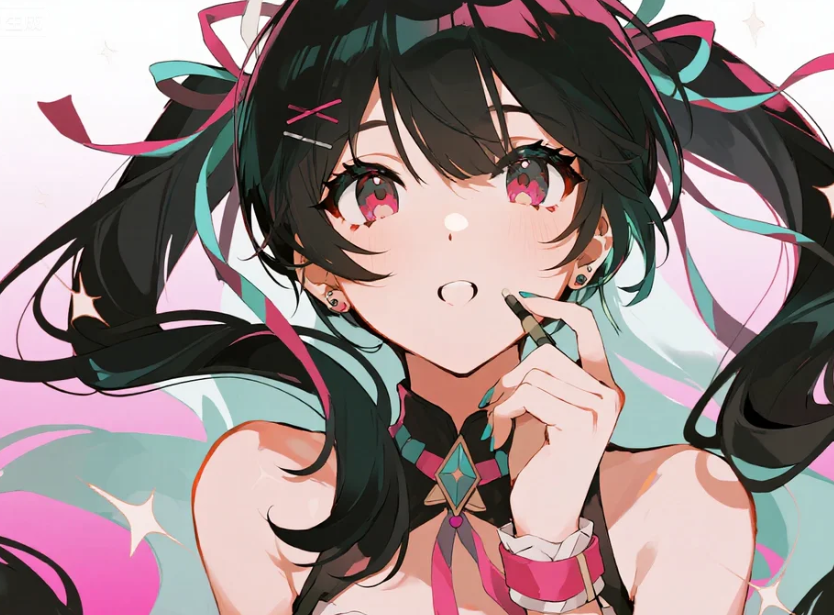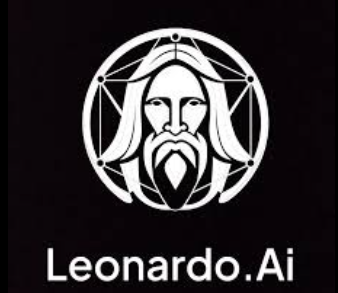Creating cartoon images with AI has revolutionised digital art creation, making it accessible to everyone regardless of artistic skill. Whether you're designing characters for social media, creating content for your brand, or just having fun with digital art, AI cartoon generators can transform your ideas into vibrant, professional-looking illustrations within minutes. This comprehensive guide will show you exactly how to harness the power of artificial intelligence to create stunning cartoon artwork.
Understanding AI Cartoon Generation Technology

Modern AI cartoon generators use advanced machine learning algorithms trained on millions of cartoon images and illustrations. These systems understand artistic styles, character proportions, colour theory, and visual composition principles that make cartoons appealing and engaging.
The technology works by analysing text descriptions (prompts) and converting them into visual representations. When you describe a "friendly robot character with blue eyes", the AI processes this information and generates corresponding cartoon imagery based on its training data.
What makes AI cartoon generation particularly powerful is its ability to maintain consistency across different images whilst allowing for creative variations. This means you can create entire character families or storylines with cohesive visual styles.
Best AI Tools for Creating Cartoon Images
Several platforms excel at generating cartoon images with AI, each offering unique strengths and features. Midjourney stands out for its artistic quality and style versatility, making it perfect for professional cartoon creation. DALL-E 2 offers excellent prompt understanding and can create detailed cartoon scenes with multiple characters.
For beginners, Canva's AI features provide user-friendly cartoon generation with built-in templates and editing tools. Stable Diffusion offers the most customisation options but requires more technical knowledge to achieve optimal results.
Mobile apps like Toon Me and Cartoon Photo provide quick cartoon conversion of existing photos, whilst platforms like Artbreeder allow for character evolution and refinement through genetic algorithms.
Step-by-Step Guide to Generate Cartoon Images
Step 1: Choose Your AI Platform
Select an AI cartoon generator that matches your skill level and requirements. Beginners should start with user-friendly platforms like Canva or mobile apps, whilst experienced users might prefer Midjourney or Stable Diffusion for advanced control over the creative process.
Step 2: Define Your Cartoon Style
Decide on the cartoon style you want to achieve. Popular options include Disney-style animation, Japanese anime, minimalist illustrations, or vintage cartoon aesthetics. Each style requires different prompt keywords and approaches to achieve authentic results.
Step 3: Craft Detailed Prompts
Write comprehensive descriptions for your cartoon image generation. Include character details (age, gender, clothing), visual style (2D animation, watercolour, digital art), mood (happy, mysterious, adventurous), and setting (forest, city, space). The more specific your prompt, the better the AI can understand your vision.
Step 4: Experiment with Parameters
Most AI cartoon generators offer adjustable parameters like image resolution, artistic style strength, and creativity level. Start with default settings and gradually adjust these parameters to fine-tune your results. Higher creativity settings produce more unique results but may deviate from your original concept.
Step 5: Generate and Iterate
Create multiple versions of your cartoon image using slight prompt variations. AI generation involves randomness, so each attempt produces different results. Save promising versions and use them as inspiration for further refinements.
Step 6: Post-Process and Enhance
Use image editing software to refine your AI-generated cartoon images. Adjust colours, add text, combine multiple generated elements, or apply filters to achieve your desired final result. Many AI platforms also offer built-in editing tools for basic adjustments.
Essential Prompt Writing Techniques
Mastering prompt writing is crucial for successful cartoon image generation. Start with the main subject, then add descriptive adjectives, specify the art style, and include environmental details. For example: "cheerful young wizard with purple robes, Disney animation style, magical forest background, soft lighting".
Use negative prompts to exclude unwanted elements. Common negative prompts for cartoons include "realistic", "photographic", "blurry", or "distorted". This helps the AI focus on creating clean, stylised cartoon imagery.
Experiment with style-specific keywords like "cel-shaded", "vector art", "hand-drawn", or "digital painting" to achieve different cartoon aesthetics. Reference famous cartoon studios or artists in your prompts to emulate specific visual styles.
Popular Cartoon Styles and Their Prompts
| Cartoon Style | Key Prompt Words | Best For |
|---|---|---|
| Disney Animation | Disney style, 3D animation, Pixar | Character design, storytelling |
| Anime/Manga | Anime style, manga art, Japanese animation | Character portraits, action scenes |
| Minimalist | Simple lines, flat colours, geometric | Icons, logos, clean designs |
| Vintage Cartoon | 1930s animation, rubber hose, classic cartoon | Retro projects, nostalgic themes |
Common Mistakes to Avoid
Many beginners make similar errors when learning how to generate cartoon images with AI. Avoid overly complex prompts that confuse the AI - keep descriptions clear and focused. Don't expect perfect results on the first try; cartoon generation often requires multiple attempts and refinements.
Another common mistake is ignoring the importance of negative prompts. Without proper negative prompts, your AI cartoon generator might produce realistic or photographic elements that clash with the cartoon aesthetic you're trying to achieve.
Resist the temptation to use too many style keywords in a single prompt. Mixing conflicting styles like "Disney" and "anime" often produces inconsistent results. Focus on one primary style and build upon it gradually.
Frequently Asked Questions
Can I use AI-generated cartoon images commercially?
Commercial usage depends on the platform's terms of service. Most AI tools allow commercial use of generated images, but always check the specific licensing terms. Some platforms require attribution or have restrictions on certain types of commercial use.
How long does it take to generate cartoon images with AI?
Most AI cartoon generators produce results within 30 seconds to 2 minutes per image. More complex or high-resolution images may take longer. The initial learning curve for prompt writing might extend your overall creation time initially.
Can I create consistent characters across multiple images?
Yes, maintaining character consistency is possible through detailed prompts and reference images. Some platforms offer character sheet features or allow you to use previous generations as style references for new images.
What resolution should I use for cartoon images?
For social media and web use, 1024x1024 pixels is typically sufficient. For print projects or detailed artwork, choose higher resolutions like 2048x2048 or use AI upscaling tools to enhance smaller images.
Do I need artistic skills to create good cartoon images?
No artistic drawing skills are required for AI cartoon generation. However, understanding basic design principles, colour theory, and composition can help you write better prompts and make more informed creative decisions.
Advanced Tips for Professional Results
To achieve professional-quality cartoon images with AI, focus on storytelling elements in your prompts. Include emotional expressions, dynamic poses, and environmental storytelling details that make your characters more engaging and memorable.
Experiment with lighting descriptions like "golden hour lighting", "dramatic shadows", or "soft ambient light" to add depth and mood to your cartoon creations. Proper lighting can transform a simple character into a compelling visual story.
Consider creating character model sheets by generating the same character from different angles and in various poses. This technique is invaluable for animation projects or consistent brand character development.
Conclusion
Learning how to generate cartoon images with AI opens up endless creative possibilities for artists, marketers, and content creators. With the right tools, well-crafted prompts, and understanding of cartoon aesthetics, anyone can create professional-quality cartoon artwork. Remember that mastering AI cartoon generation requires practice and experimentation, but the results are worth the effort. Start with simple characters and gradually work towards more complex scenes as you become comfortable with the technology. The future of cartoon creation is here, and it's more accessible than ever before.







